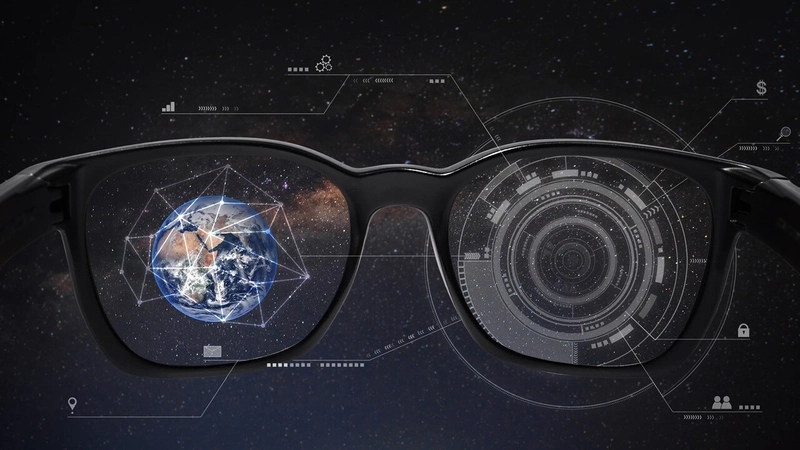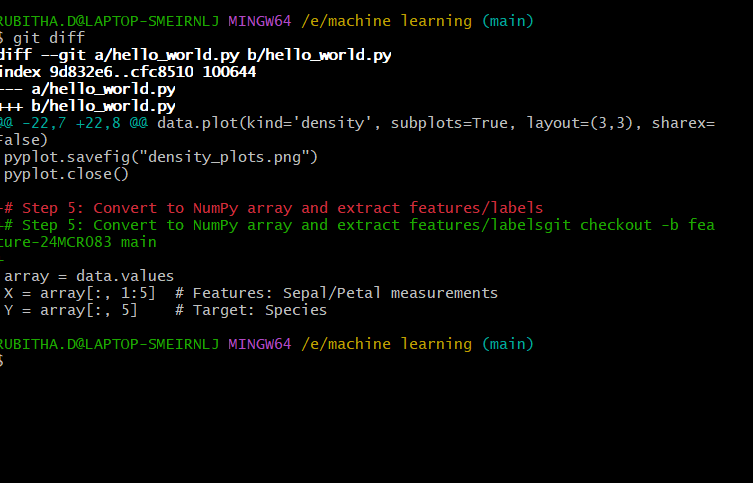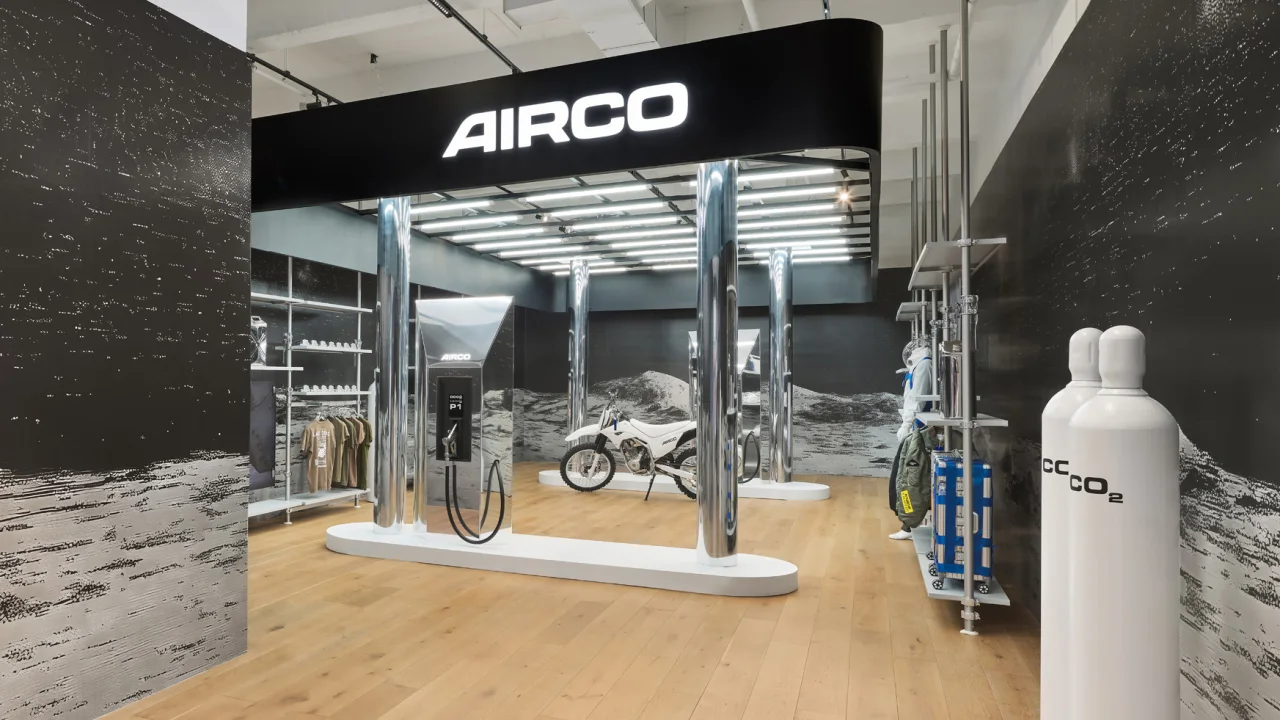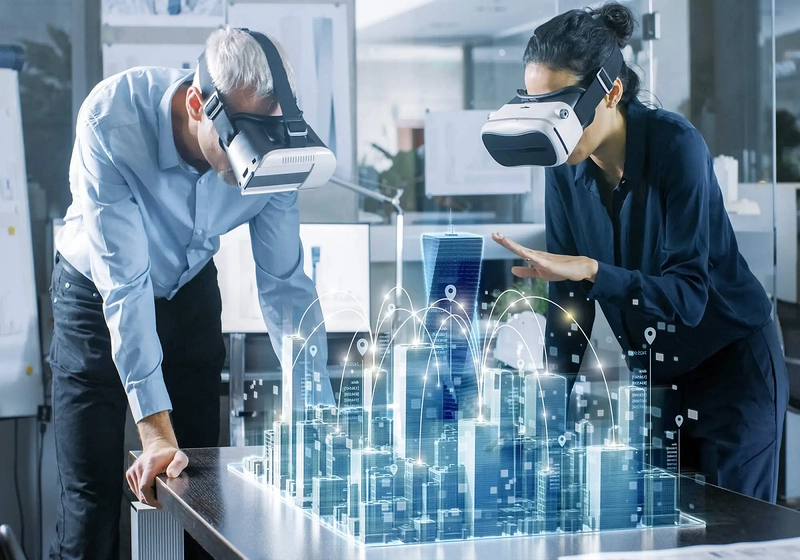Augmented Connected Workforce: AR/VR Trends in Remote Work
Overview As remote and hybrid work models become the new norm, businesses are turning to immersive technologies to bridge the gap between digital and physical workspaces. Augmented reality (AR) and virtual reality (VR) are no longer limited to gaming or entertainment—they are transforming how teams collaborate, train, and interact. In 2025, the concept of an augmented connected workforce is gaining momentum. AR/VR is being used to enhance productivity, improve communication, and create immersive virtual workplaces. This blog explores how AR and VR are reshaping remote work and the key trends driving adoption across industries. What Is an Augmented Connected Workforce? An augmented connected workforce uses advanced digital tools—particularly AR and VR—to enhance the capabilities of remote or hybrid employees. This goes beyond traditional video conferencing or collaboration apps. AR overlays digital information onto the real world, while VR creates fully immersive environments for training, meetings, or simulations. Together, these technologies enable remote teams to: • Visualize complex tasks • Engage in hands-on training virtually • Collaborate in lifelike environments • Interact with 3D models and data in real time Key AR/VR Trends in Remote Work for 2025 1. Virtual Offices and Metaverse Workspaces The idea of logging into a virtual office is no longer futuristic. In 2025, companies are adopting metaverse workspaces powered by VR, where employees can interact as avatars, hold team meetings, and collaborate in shared digital environments. Platforms like Microsoft Mesh, Meta Horizon Workrooms, and Nvidia Omniverse are making it easier for businesses to set up these virtual headquarters. This not only boosts engagement but also helps build company culture among distributed teams. 2. Immersive Training and Onboarding One of the most impactful use cases for AR and VR is in employee training. Companies are using VR simulations for complex tasks like equipment handling, safety drills, and customer interactions. AR, on the other hand, allows real-time guidance with visual overlays. In fields like healthcare, manufacturing, and retail, this form of immersive training reduces errors, accelerates onboarding, and ensures employees retain knowledge better than traditional e-learning. 3. AR-Enhanced Remote Assistance AR is proving valuable for remote support and troubleshooting, particularly in industries like field services, construction, and logistics. A remote expert can guide an on-site worker through repairs or installations by overlaying instructions directly onto the worker’s view via smart glasses or mobile devices. This minimizes downtime, reduces travel costs, and allows for real-time problem-solving, even when teams are spread across geographies. 4. Hybrid Meeting Experiences Traditional video calls often fall short in delivering engaging and collaborative experiences. With VR and AR, hybrid meetings become more dynamic and interactive. Attendees can share virtual whiteboards, manipulate 3D models, and even conduct virtual product demos. This level of spatial collaboration enhances creativity and problem-solving, especially in fields like design, engineering, and architecture. 5. AR-Driven Productivity Tools AR tools are being integrated into daily workflows to support productivity and task execution. For example, wearable AR devices can display real-time data, instructions, or checklists, allowing remote workers to stay hands-free and focused. This is particularly useful in sectors like warehouse operations, remote inspections, and even telemedicine, where real-time data access is crucial. Benefits of AR/VR in Remote Work • Improved Collaboration: Employees can work side by side in immersive spaces, regardless of location. • Faster Skill Development: Immersive training environments accelerate learning and reduce the time needed to become productive. • Greater Engagement: Virtual workspaces and interactive meetings combat remote work fatigue and foster inclusion. • Cost Savings: Companies can save on travel, equipment damage, and training resources. • Scalability: AR/VR solutions can be rolled out globally, offering consistent experiences to all employees. Industries Leading the Way Technology and Software Development Tech companies are pioneering the use of VR workspaces for agile stand-ups, product development meetings, and global team collaboration. Healthcare AR is being used for remote surgery assistance, while VR is deployed in medical training and mental health therapy sessions.(Applications) Manufacturing Smart factories are integrating AR headsets for real-time machinery diagnostics and remote maintenance. Retail and E-commerce VR is enabling immersive product showcases and virtual shopping experiences, while AR supports training and i

Overview
As remote and hybrid work models become the new norm, businesses are turning to immersive technologies to bridge the gap between digital and physical workspaces. Augmented reality (AR) and virtual reality (VR) are no longer limited to gaming or entertainment—they are transforming how teams collaborate, train, and interact.
In 2025, the concept of an augmented connected workforce is gaining momentum. AR/VR is being used to enhance productivity, improve communication, and create immersive virtual workplaces. This blog explores how AR and VR are reshaping remote work and the key trends driving adoption across industries.
What Is an Augmented Connected Workforce?
An augmented connected workforce uses advanced digital tools—particularly AR and VR—to enhance the capabilities of remote or hybrid employees. This goes beyond traditional video conferencing or collaboration apps. AR overlays digital information onto the real world, while VR creates fully immersive environments for training, meetings, or simulations.
Together, these technologies enable remote teams to:
• Visualize complex tasks
• Engage in hands-on training virtually
• Collaborate in lifelike environments
• Interact with 3D models and data in real time
Key AR/VR Trends in Remote Work for 2025
1. Virtual Offices and Metaverse Workspaces
The idea of logging into a virtual office is no longer futuristic. In 2025, companies are adopting metaverse workspaces powered by VR, where employees can interact as avatars, hold team meetings, and collaborate in shared digital environments.
Platforms like Microsoft Mesh, Meta Horizon Workrooms, and Nvidia Omniverse are making it easier for businesses to set up these virtual headquarters. This not only boosts engagement but also helps build company culture among distributed teams.
2. Immersive Training and Onboarding
One of the most impactful use cases for AR and VR is in employee training. Companies are using VR simulations for complex tasks like equipment handling, safety drills, and customer interactions. AR, on the other hand, allows real-time guidance with visual overlays.
In fields like healthcare, manufacturing, and retail, this form of immersive training reduces errors, accelerates onboarding, and ensures employees retain knowledge better than traditional e-learning.
3. AR-Enhanced Remote Assistance
AR is proving valuable for remote support and troubleshooting, particularly in industries like field services, construction, and logistics. A remote expert can guide an on-site worker through repairs or installations by overlaying instructions directly onto the worker’s view via smart glasses or mobile devices.
This minimizes downtime, reduces travel costs, and allows for real-time problem-solving, even when teams are spread across geographies.
4. Hybrid Meeting Experiences
Traditional video calls often fall short in delivering engaging and collaborative experiences. With VR and AR, hybrid meetings become more dynamic and interactive. Attendees can share virtual whiteboards, manipulate 3D models, and even conduct virtual product demos.
This level of spatial collaboration enhances creativity and problem-solving, especially in fields like design, engineering, and architecture.
5. AR-Driven Productivity Tools
AR tools are being integrated into daily workflows to support productivity and task execution. For example, wearable AR devices can display real-time data, instructions, or checklists, allowing remote workers to stay hands-free and focused.
This is particularly useful in sectors like warehouse operations, remote inspections, and even telemedicine, where real-time data access is crucial.
Benefits of AR/VR in Remote Work
• Improved Collaboration: Employees can work side by side in immersive spaces, regardless of location.
• Faster Skill Development: Immersive training environments accelerate learning and reduce the time needed to become productive.
• Greater Engagement: Virtual workspaces and interactive meetings combat remote work fatigue and foster inclusion.
• Cost Savings: Companies can save on travel, equipment damage, and training resources.
• Scalability: AR/VR solutions can be rolled out globally, offering consistent experiences to all employees.
Industries Leading the Way
Technology and Software Development
Tech companies are pioneering the use of VR workspaces for agile stand-ups, product development meetings, and global team collaboration.
Healthcare
AR is being used for remote surgery assistance, while VR is deployed in medical training and mental health therapy sessions.(Applications)
Manufacturing
Smart factories are integrating AR headsets for real-time machinery diagnostics and remote maintenance.
Retail and E-commerce
VR is enabling immersive product showcases and virtual shopping experiences, while AR supports training and inventory management.(Impact)
Challenges and Considerations
Despite the promise of AR/VR in remote work, some challenges remain:
• High initial investment in hardware and infrastructure
• Employee adaptation and comfort with immersive tech
• Privacy and data security in virtual environments
• Bandwidth and connectivity requirements
To overcome these barriers, companies are starting with pilot programs, offering training, and gradually expanding deployment across departments.
The Future of the Augmented Workforce
As AR and VR hardware becomes more affordable and powerful, adoption is expected to rise rapidly. With tech giants investing heavily in spatial computing and AI integration, the next evolution of remote work will be more immersive, intelligent, and inclusive.
Features like digital twins, AI-driven avatars, and gesture-based interactions are already being tested, paving the way for highly responsive and adaptive virtual work environments.(Future)
Conclusion
In 2025, AR and VR technologies are no longer optional add-ons—they are strategic tools for shaping the future of work. The augmented connected workforce leverages immersive technologies to break down physical barriers, improve training, and enhance collaboration.
Organizations that embrace AR and VR early will gain a competitive edge by fostering innovation, reducing operational costs, and creating more engaging work environments. As remote work continues to evolve, these technologies will redefine how teams connect, collaborate, and create—no matter where they are in the world.
















































.jpg)















































































































![[The AI Show Episode 143]: ChatGPT Revenue Surge, New AGI Timelines, Amazon’s AI Agent, Claude for Education, Model Context Protocol & LLMs Pass the Turing Test](https://www.marketingaiinstitute.com/hubfs/ep%20143%20cover.png)
































































































































![[DEALS] Koofr Cloud Storage: Lifetime Subscription (1TB) (80% off) & Other Deals Up To 98% Off – Offers End Soon!](https://www.javacodegeeks.com/wp-content/uploads/2012/12/jcg-logo.jpg)














































































































-RTAガチ勢がSwitch2体験会でゼルダのラスボスを撃破して世界初のEDを流してしまう...【ゼルダの伝説ブレスオブザワイルドSwitch2-Edition】-00-06-05.png?width=1920&height=1920&fit=bounds&quality=70&format=jpg&auto=webp#)

























_roibu_Alamy.jpg?width=1280&auto=webp&quality=80&disable=upscale#)


.webp?#)












































































































![M4 MacBook Air Drops to Just $849 - Act Fast! [Lowest Price Ever]](https://www.iclarified.com/images/news/97140/97140/97140-640.jpg)
![Apple Smart Glasses Not Close to Being Ready as Meta Targets 2025 [Gurman]](https://www.iclarified.com/images/news/97139/97139/97139-640.jpg)
![iPadOS 19 May Introduce Menu Bar, iOS 19 to Support External Displays [Rumor]](https://www.iclarified.com/images/news/97137/97137/97137-640.jpg)




































































































